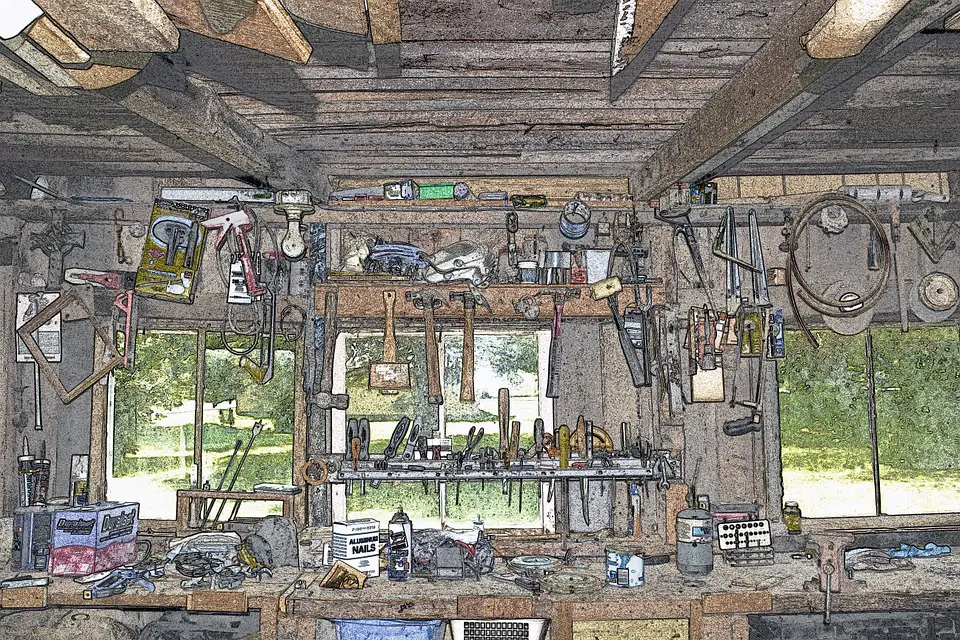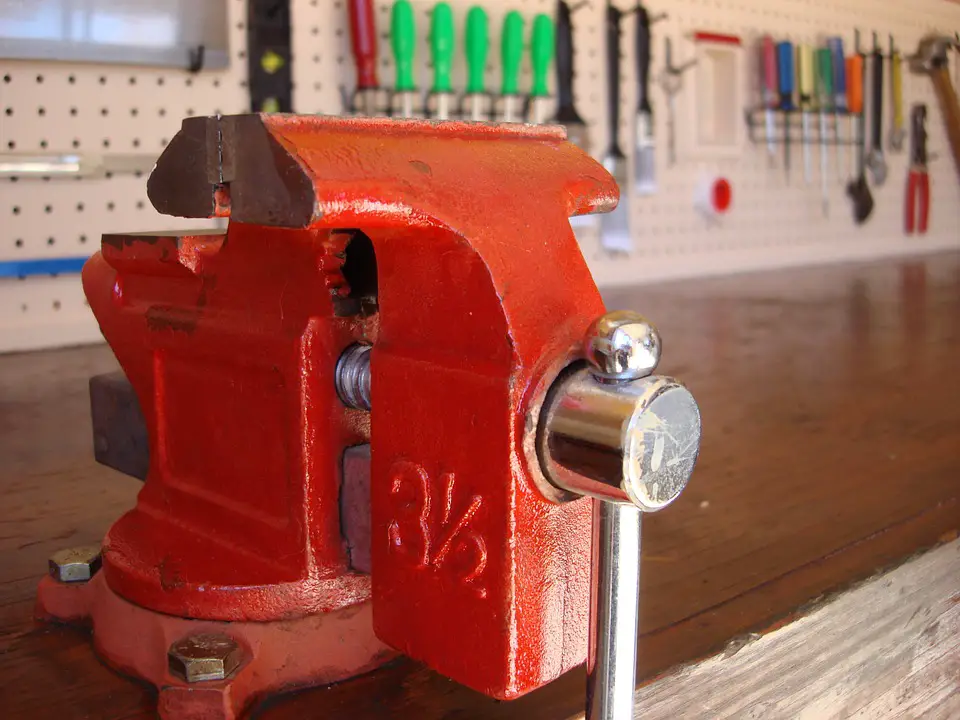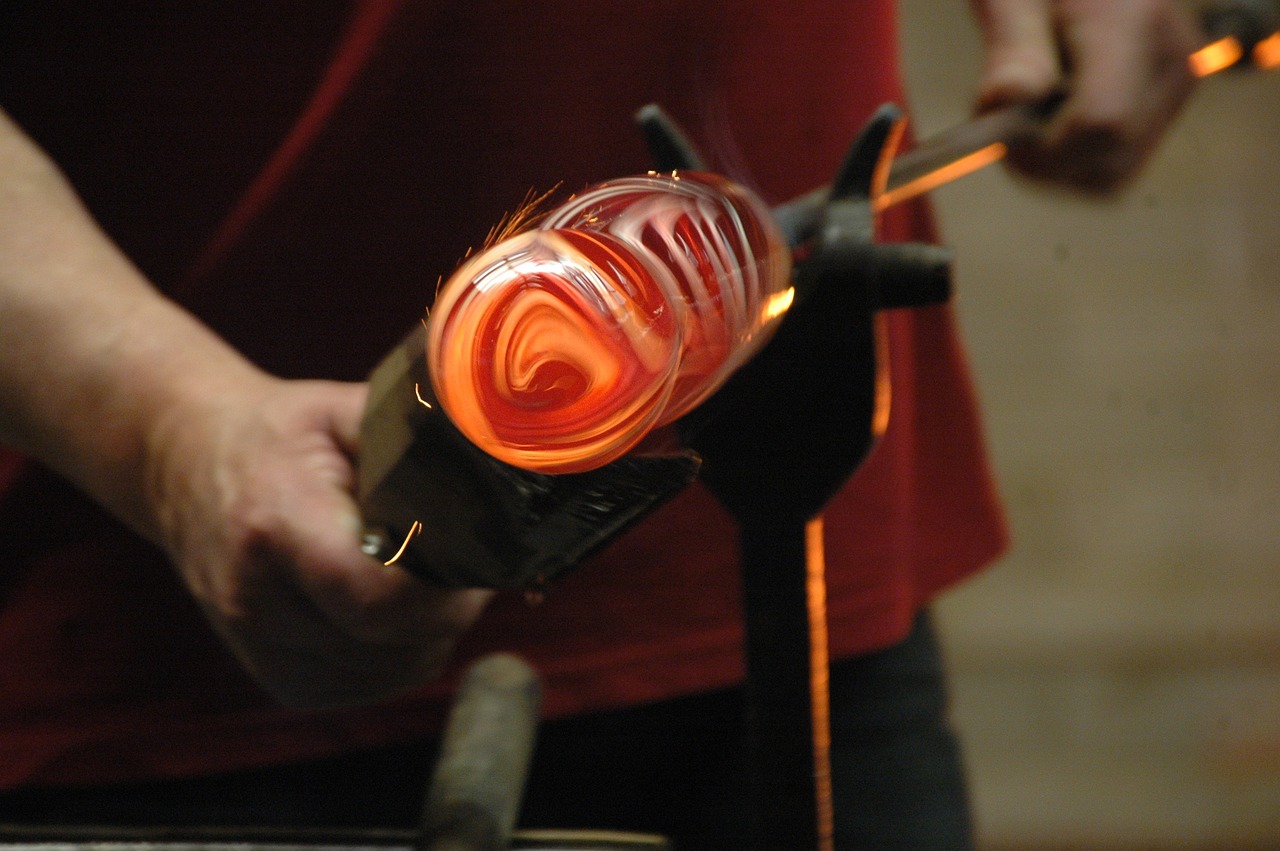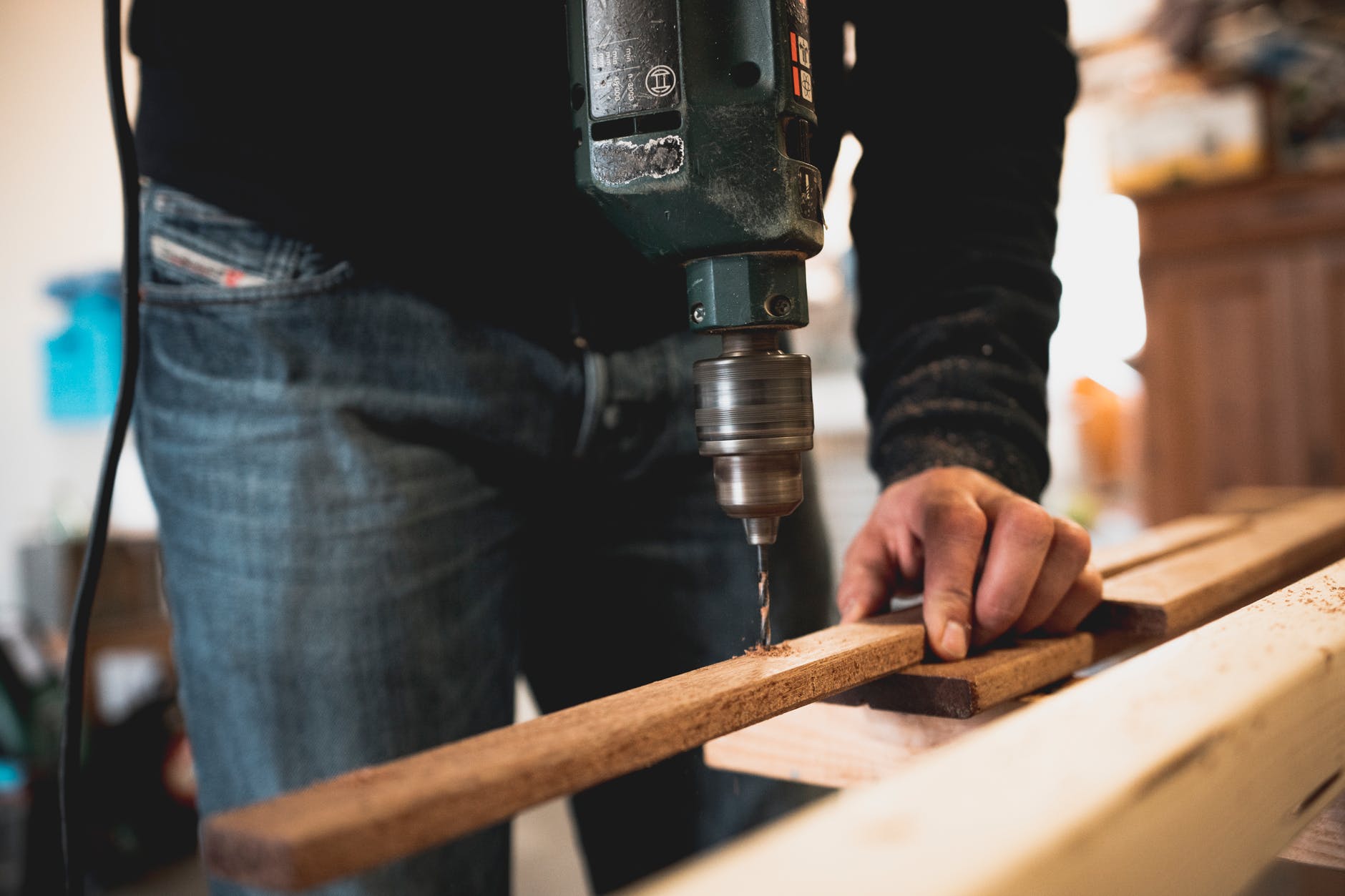Table of Contents
*This post may contain affiliate links. As an Amazon Associate we earn from qualifying purchases.
Workbenches are critical tools for anyone performing manual work.
They range in size, shape, and characteristics depending on the type of work being done as well as the preferences of the worker.
In this article, we discuss how to build a workbench, offering general guidelines for anyone first building this indispensable resource. Within each section, we break down a different part of building a workbench. Towards the end of the article, we offer our final thoughts on building workbenches.
Set Your Intentions Very Clearly

The first step in your workbench plans is to set your intentions. This is a critical step for any building project, as you can’t meet or exceed an intention if you don’t’ consciously set it.
There are many ways to do this, so whatever way feels natural is likely best. We usually recommend setting intentions first thing in the morning, as most people feel their best and freshest at this time. This presence allows people to probe into their unconscious desires and consciously express them.
On the one hand, many workers focus on stillness when setting intentions. This means assuming some kind of meditative pose, focusing on your breathing patterns, and attempting to quiet your mind as naturally as possible.
We don’t recommend aggressively forcing anything. If your mind is still active after briefly meditating, then this might be a sign that you should engage in a deeper level of cleansing and resetting. This could entail some kind of intense exercise, as that will surely clear the mind and prime it for setting intentions.
Regardless of what you do, remember that a fresh state of mind is critical for setting your intentions. If your mind is overly anxious and active, it will be difficult to identify your true desires and needs, and your intentions will ultimately be skewed. Ultimately, you will then be trying to meet goals that aren’t relevant to you.
We also recommend expressing your intentions in multiple ways, as this will really solidify them in your mind. This will also sufficiently stimulate your psyche to begin its quest to manifest your intentions.
This could be a combination of saying your intentions out loud, writing them down and posting them on social media. It could also be none of these things or only 1 or 2 of these things.
Once you have your intentions in a tangible form, we recommend repeating them every morning when you wake up. This doesn’t have to be time-consuming, but rather can take no more than several minutes. After practicing this for several weeks, the repetition will become second nature, and you will likely find yourself craving more intentions to set. This is a good thing, as it means your psyche is already diligently working to incarnate your goals.
Acquire The Necessary Supplies For Your Workbench

Okay, so you know what kind of workbench you want to create and how you want to create it, but now you need the raw resources in order to forge your dream platform.
Before you even acquire these supplies, we recommend tabulating the supplies you need in some kind of computer program like Microsoft Excel. This will keep the supplies you need organized as well as allow you to analyze them in the future should you need to. Many builders rely on these lists to support future projects, as it can be hard to keep track of every resource that was used throughout the process.
In this table, we recommend writing down the part you need as well as its anticipated price. Then we recommend doing some research both online and in-store to determine the potential prices of your supplies. This means checking many different sources in order to eventually find the perfect part.
While we didn’t mention it above, setting your budget is more part of setting your intentions. Once you have a budget as well as some kind of tabulation of your anticipated supplies, it should be very easy to determine what to buy and where to buy it.
You might have to make some compromises, especially if you’re on a strict budget. Regardless, remember that the excellence of your workbench is not solely a function of the supplies you use. The unique grit, hard work, and creativity that you infuse into your creation will also shine through.
Home Depot and Lowes are two home improvement stores that offer a range of different parts to meet your workbench plans.
Many customers also search for parts using the internet. This can be very hit or miss, so we recommend doing your due diligence if this is your route. Performing research online can yield significant savings, but it can also create a headache that makes your workbench plans more difficult to bring to fruition.
We recommend that you prioritize purchasing parts in-person, as this will allow you to see and feel the part first. This is crucial, as sometimes abstractions are a poor method of determining the rightness of a part. Instead, many workers operate on an intuitive level and must be able to sense the part to determine its potential efficacy.
Create A Design For Your Workbench

Designing the workbench is really a step that should be done throughout the entire process, as your design is never fully complete.
Ideally, you should start your design before you start purchasing supplies, though the bulk of it will manifest as you hunt down every last supply you need. This kind of flexibility is critical, which is why we listed this step after the step of acquiring your supplies.
Some workers design their workbench in such an inflexible way that their plans fall through the second they can’t locate a certain part. You don’t want the success of your operation to be that contingent on things outside of your control.
Instead, consider your design to be like the eventual bench itself. Your design should be dynamic, resilient, and multifarious. It should be able to accommodate any sudden changes yet should be durable and focused, never straying too far from the core vision that underlies it.
Your design will of course depend on what kind of workbench you are creating as well as your level of artistry. However, it’s important to remember that a design can take any form you want. You can do a more traditional design that relies on graphite, pens, and paper to create a picture of your workbench. Alternatively, some workers like to use words to describe the precise visual nature of their workbench. Furthermore, some workers like build a physical, microcosmic model of their eventual workbench.
Whatever method you choose, remember that the design is only a guide. It’s important to stay present in the moment and respond to whatever comes up. This might mean changing the design of your workbench mid-construction.
Work Diligently On The Workbench Everyday

Once you’ve set your intentions, acquired your supplies, and designed your workbench, it’s time to start building.
Don’t overthink it. Even though you should strive for perfection, imperfection is inevitable. Keeping this in mind will minimize your stress and actually allow you to be more creative when following your workbench plans.
Ideally, we recommend working on your workbench in whatever space is most conducive to its construction. For some workers, that means a secluded spot in their garage in which they can focus on the task at hand. Other workers, however, benefit from some kind of social presence, as this distracts their ego and allows their unconscious wisdom to take over.
Getting out of your own way is huge when it comes to carpentry, as overthinking can lead to unconfident gestures that result in a precarious workbench. When you are fully present and locked in to the job, flowing with your surroundings, then the resultant workbench reflects this and draws on your creative energy as a kind of necessary part. A strong, versatile workbench will result rather than a flimsy, unreliable workbench.
Many people like to use music if they don’t have someone to keep them company. This can be a good way of preventing anxious ideation.
Ultimately, carpentry is like painting in that each move you make is a kind of brushstroke that reflects your psychic constitution. Carpentry is an expressionistic art, which means your state of mind while building it will show up in the final product.
Our Final Thoughts On Following Your Workbench Plans

We think that building a workbench is definitely a unique form of art that requires a balanced interplay between presence and planning.
It’s critical that you think about your construction ahead of time, yet it’s also just as important to stay present while building it. This will allow you to respond to whatever is needed in the moment, as some new feature or aspect of your workbench might reveal itself during its building.
Regardless of how you manifest your workbench plans, we think it’s fantastic that you’restill building a workbench hand. Many people appropriate this task to others, but this can lead to using a workbench that is not ideal.
If you want your workbench to support your future work perfectly, then we recommend constructing it on your own. This will give you maximum control over its construction, which should foster productivity and happiness in the future.

